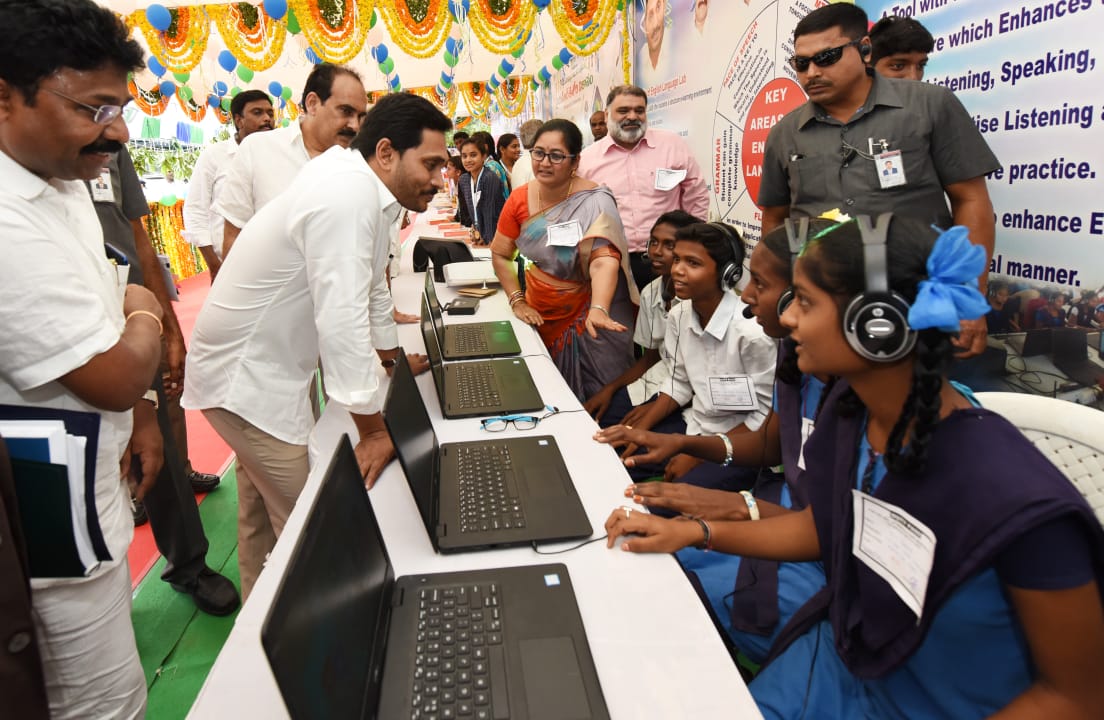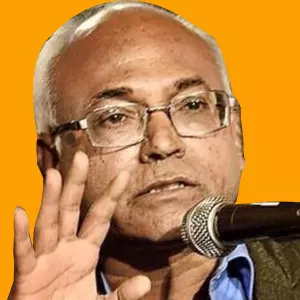
- Home
- India
- World
- Premium
- THE FEDERAL SPECIAL
- Analysis
- States
- Perspective
- Videos
- Sports
- Education
- Entertainment
- Elections
- Features
- Health
- Business
- Series
- In memoriam: Sheikh Mujibur Rahman
- Bishnoi's Men
- NEET TANGLE
- Economy Series
- Earth Day
- Kashmir’s Frozen Turbulence
- India@75
- The legend of Ramjanmabhoomi
- Liberalisation@30
- How to tame a dragon
- Celebrating biodiversity
- Farm Matters
- 50 days of solitude
- Bringing Migrants Home
- Budget 2020
- Jharkhand Votes
- The Federal Investigates
- The Federal Impact
- Vanishing Sand
- Gandhi @ 150
- Andhra Today
- Field report
- Operation Gulmarg
- Pandemic @1 Mn in India
- The Federal Year-End
- The Zero Year
- Science
- Brand studio
- Newsletter
- Elections 2024
- Events
- Home
- IndiaIndia
- World
- Analysis
- StatesStates
- PerspectivePerspective
- VideosVideos
- Sports
- Education
- Entertainment
- ElectionsElections
- Features
- Health
- BusinessBusiness
- Premium
- Loading...
Premium - Events

Neoliberal economists moot huge budgetary spends on big-contract constructions; Jagan, on the other hand, has put funds into building village educational infra
Four states – Andhra Pradesh, Odisha, Arunachal Pradesh, and Sikkim – go to Assembly polls along with the 2024 general elections. Of these, the Andhra Assembly election, I believe, will show a critical way to the nation in general, and the states in particular, if the YSR Congress Party (YSRCP) returns for a second term.
That is because the YS Jagan Mohan Reddy government has charted the state's development route through an unforeseen path.
The neoliberal model
Normally, state governments think that development means working out ways and means to invest in urban infrastructure, such as high-rise buildings, good roads (other than highways, which are taken care of by the Centre), and coastal infrastructure (barring international ports, which are the Centre’s responsibility).
A huge amount of budgetary money, both by the central and state governments, is spent on big-contract constructions, as neoliberal economists in the present globalised world would consider such spendings as “good development”. The Right-wing government at the Centre, too, goes by the neoliberal model.
In fact, most developing countries follow the neo-liberal model. China, too, adopted a similar model, though it is known as a socialist-cum-capitalist economy. China competed with the US to build the “highway model” of development.
India needs a different approach
However, India is a country wherein, though there is constitutional democracy unlike in many Middle Eastern and East Asian countries, the unusual caste barriers create many hurdles for people-centered development.
Secondly, the Indian villages are scattered. Agrarian development has not reached a stage where agriculture has been completely capitalised. Many parts of India are still separated from the globalised modern economy.
Education also plays a key role in connecting people to the national and global market economies. Yet, no state government has adopted a policy to connect rural development with modern, sophisticated schools and colleges to educate village children and youth.
And, this is where the Jagan Mohan Reddy government has gone into uncharted territory. In the past five years, it has invested most of its budgetary economy to build village educational infrastructure and develop soft skills.
A tale of two governments
Since Andhra Pradesh is a relatively new state (since it was bifurcated in 2014 and Telangana was carved out), we must note how the two parties — Telugu Desam Party (TDP) and YSRCP — have chosen opposite models of development in the past 10 years.
The TDP government took away 30,000 acres of very fertile agricultural land on the Krishna riverbank and sought to invest a major portion of the state Budget in constructing the big city of Amaravati. For the first five years, most of the state Budget was invested in this project.
The project stemmed from the neoliberal economic idea that only big cities bring in investments and a state develops with the money coming from outside. It did not take into account the vast rural masses who are hardly drawn to the high-end capital city malls and markets. The BJP, which was at the Centre and an alliance partner in the state government, went with the TDP plan as it fit into its scheme of things.
Right-wing economists
Right-wing economists think that the “Highway Economy”, with big multilane roads, big airports, and seaports, and massive privatisation of public sector industries, is best suited for the RSS vision. This modern thinking of RSS is well connected to the ancient and medieval Varna Dharma economy, where the Shudra productive masses should not have any major ownership of assets.
Chandrababu Naidu was in tune with this model.
In fact, the RSS-BJP considers any transfer of money from the state Budget to the vast, rural, agrarian and artisanal masses as revdi (freebie). The Prime Minister’s own statements suggesting that investments in rural masses is nothing but revdi but spending huge amounts of budgetary money on contract highways, high-rise buildings, and airports, and writing off thousands of crores of bank loans to big business and industrialists is not. Huge amounts of such money go through hawala transfers. Yet, it is not dangerous.
But what about the rural masses? They, too, need to be educated in a school system that matches the private school education only available to the rich. That kind of private school education is invariably in the English medium. Unless the rural, agrarian children are provided with similar education in the government sector, the rural masses cannot be drawn into the high-end state, national, and global economy.
Jagan’s 'Shudra Development Model'
Jagan has shifted the whole development project to what I call the “Shudra Development Model” (SDM). I am using the historical term “Shudra” to indicate that the state Budget is mainly directed to the agrarian and artisanal masses, including all castes and communities that lead a life of labour.
He correctly understood that the skills and resource base of the entire agrarian-artisanal productive masses (including all Adivasi and Dalit communities, barring the reserved Shudras like OBCs and unreserved Shudras like Reddys, Kammas, and Kapus) must be transformed. This transformation is possible by shifting state investment into school and college education and village administration.
This he did by pushing two innovative ideas. First, he focused on providing quality English-medium education in the government sector, connecting the village globally both in terms of skill and knowledge. Added to this was financial support for mothers of school- and college-going children as their educational expenditure.
Second was spending the state’s developmental resources on massively reshaping school infrastructure and village administration with new school buildings and village secretariats. In this model, all the classical Shudras, who are not major business or ritual wealth accumulators but contribute with labour, get access to the wider world with new skills and a global language.
I consider this a game-changing model of development that no state chief minister has so far visualised, nor its future impact on the entire nation.
Shifting investments
This model shifts investments from centralised urban spheres to diversified rural societies. It also shifts money stocks from urban banks to rural markets. It improves the health, expenditure, and production and knowledge base of the vast rural masses. It also shifts wealth concentration from the urban rich to the vast rural masses.
This investment is not revdi but an investment in an unexpected future revolution. Even the communists, who normally keep talking about revolution, failed to understand what revolution was in the Indian caste-cultural context. Their 34-year rule in Bengal has proved how they starved the rural masses without connecting them with the globalization process and English education.
This revolution has two significant implications for India’s development. Historically, wealth remained concentrated in the hands of the Dwija communities as they controlled the knowledge system. In ancient times, they controlled wealth and Sanskrit language; in medieval times, along with Muslim rulers, the Dwijas controlled wealth and Persian language. For the past 75 years, the Dwijas have controlled wealth and English-language-based knowledge.
The Jagan model has started transferring this wealth and knowledge base to agrarian and artisanal forces by focusing on English-medium education in government schools. If this model settles down with his second-term victory, this transformation will take a definite shape.
(The Federal seeks to present views and opinions from all sides of the spectrum. The information, ideas or opinions in the articles are of the author and do not necessarily reflect the views of The Federal)


